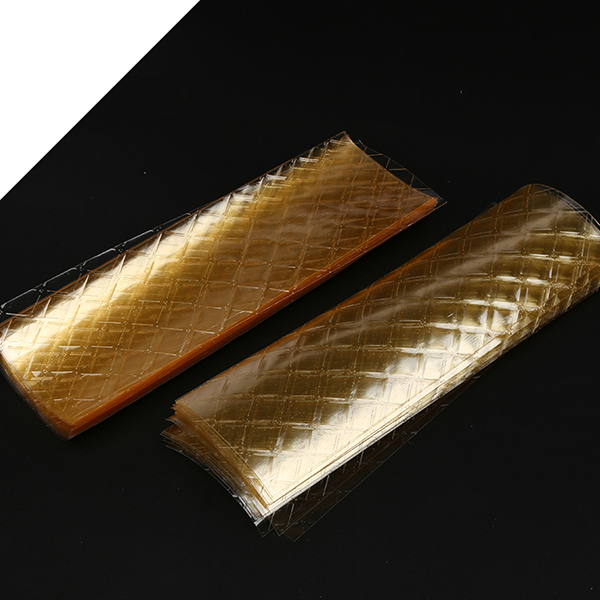

One exception is that the hides of domesticated pigs have the halachic status of meat, are considered edible and are most-definitely not kosher. However, just two halachos later, Rambam cites the Mishnah that states a number of exceptions to the aforementioned rule. Ma’acholos Asuros 4:18), and are only forbidden mid’rabannan. The halachic ramifications of this are as follows:Īnimal bones and hides are considered inedible and “kosher” even if they come from a non-kosher or non-slaughtered animal (see Rambam, Hil. For this reason, about 90% of American gelatin is porcine – made from pigs – and the higher-quality gelatin made from bones is reserved for the photographic industry. Manufacturers have found that if they made gelatin from the hide/skin of young pigs, they would require considerably less bating (see sidebar) than if they made it from animal bones. This article will focus on the more-recent developments regarding kosher gelatin. Have a question, on Orthodox Jewish Matters? Need an answer? Please Email your questions, Chava will answer your questions with insight and wit.It is well known that a few generations ago the Poskim discussed whether gelatin made from animal bones is kosher, and the general consensus in the United States was that it is not kosher. Since these alternatives are plant based, they are generally kosher, though production and potential additives make certification essential. Some alternatives to gelatin that are not from animal or fish sources are agar-agar, which is a seaweed, pectin, guar gum and others. If gelatin from pork or from beef which has not had a proper slaughter, not only is there a problem with the meat, there is also a problem with mixing meat and dairy. If one is interested in knowing what is kosher gelatin in yogurt, it is going to be from fish or from a gelatin substitute. It makes the yogurt more creamy and also keeps fruit from sinking to the bottom of the cup. Some yogurts use gelatin for thickness and consistency.

All their gelatin is certified kosher pareve for Pesach and year round use by the OU. Geliko Kosher Gelatin and Collagen Hydrolysate.FIT, the largest supplier of Kosher OU Certified Gelatin in the United States.List of Kosher approved Gelatin suppliers If the gelatin being consumed is from a bovine source, it is important to be aware of this, so it is not eaten together with dairy or cooked using the wrong appliances. Orthodox Jews wait several hours, the exact amount depending on their tradition, between eating meat and milk products, and dishes, utensils, pots, pans and appliances must be kept separate in in kosher kitchens. Kosher food laws also state that meat and milk not be combined in any way. The cattle that have been killed for the gelatin must have had such a slaughter for the gelatin to be considered kosher. For the animal to be considered kosher, it must have had a ritual slaughter by a shochet, a trained and pious slaughterer.

Gelatin often comes from bovine sources as well, and although cows, oxen and other bovine animals are kosher, this still poses potential kashrut concerns. Due to the fact that most gelatin (44 percent) comes from pig skin, Orthodox Jews and other Jews who keep the laws of kashrut are extremely careful to pay attention to kosher certification when purchasing products containing gelatin. Kosher food laws dictate that the only animals that may be eaten are those that have split hooves and chew their cud. Some foods that use gelatin include candy, marshmallows, gelatin desserts, pies and low-fat yogurts. It is commonly used to give food a gelatinous texture and in pharmaceuticals.

#Orthodox union fish gelatin skin
Gelatin is a colorless and tasteless substance that comes from collagen inside the skin and bones of animals. Before writing about kosher gelatin, let's explain what gelatin is.


 0 kommentar(er)
0 kommentar(er)
